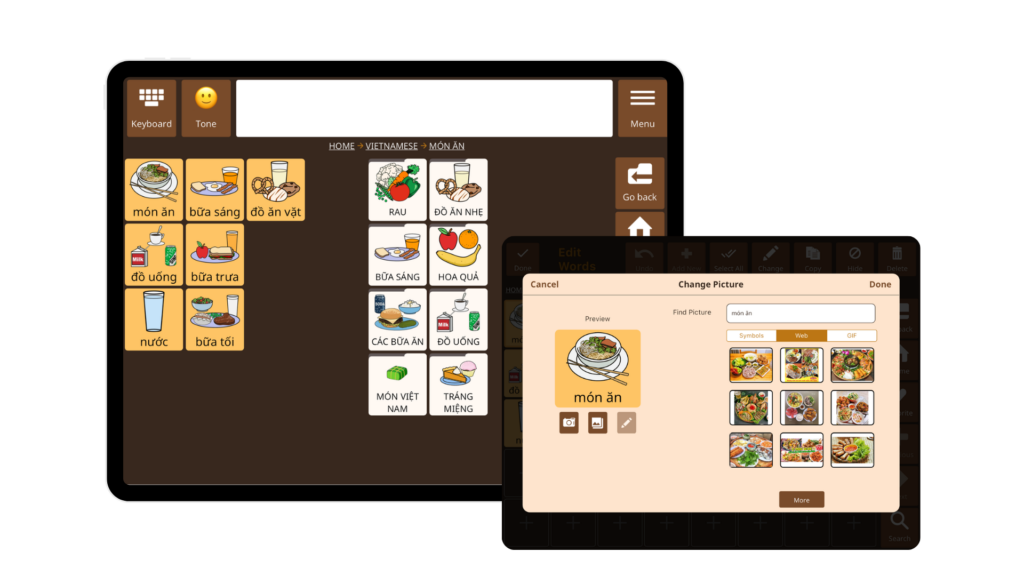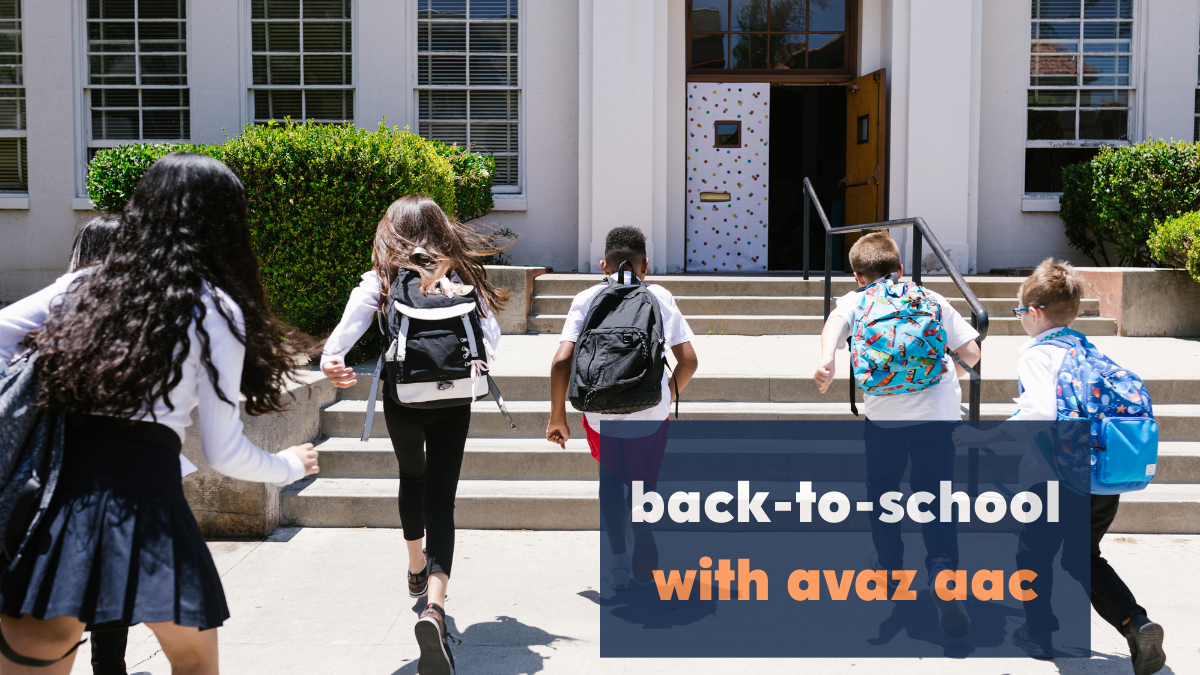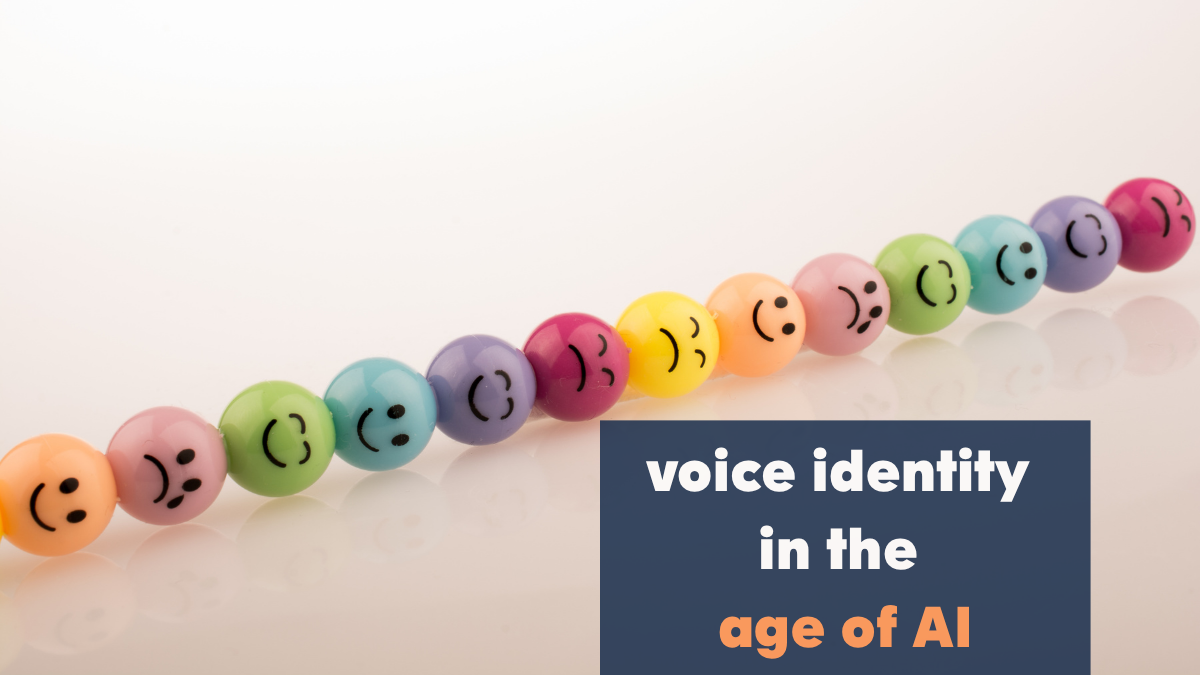When building Augmentative and Alternative Communication (AAC) systems for bilingual users, the most common mistake is also the easiest one to make: simply translating vocabulary from one language to another.
But bilingual AAC is about so much more than clicking “translate.” It’s about creating a communication system that reflects how a child uses their languages at home, in school, and everywhere in between. To truly support bilingual AAC users, we need to think beyond word-for-word matches.
Let’s explore why that matters and what to do instead.


Bilingual Users Don’t Think in One Language at a Time
Bilingual children often move fluidly between languages. A word they know in one language might not exist in the other. Or they may express a concept differently depending on who they’re talking to.
For example, a child might say “I want paal (milk)” blending English with a culturally relevant food name that doesn’t translate neatly.
If an AAC system offers only English translations of core words, that richness gets lost. The child is forced to communicate in a language that may not feel natural in every context.
1. Instead of translating…
Design vocabulary that reflects the child’s daily communication settings. Include home words, school phrases, cultural terms, and slang even if they aren’t shared across both languages.
Languages Structure Meaning Differently
Languages aren’t just different sets of labels they carry unique grammar, word order, and cultural context.
For instance:
- English: “I want more.”
- Spanish: “Quiero más.”
- English: “I want to eat rice.”
- Vietnamese: “Con muốn ăn cơm.” (literally: Child want eat rice.)
If an AAC device copies the same grid layout for both languages, it can disrupt grammar or logic in one of them. Words might appear in a non-natural order or lack necessary forms like gender or verb agreement.
2. Instead of mirroring layouts…
Build language-specific pages that respect grammar rules in each language. Or maintain motor planning consistency while adjusting labels and categories as needed.
Direct Translation Ignores Cultural Relevance
Many words don’t translate easily because they’re tied to a specific cultural experience.
Words like mami, chai, bhai, or tío carry emotion, hierarchy, and relationship context that flat translations like “aunt,” “tea,” or “brother” can’t capture.
If we use a generic English vocabulary list and translate it into Spanish, Tamil, Vietnamese or Arabic we miss the opportunity to center the child’s lived experience.
3. Instead of assuming one-size-fits-all…
Involve families and caregivers when selecting vocabulary. Ask what words their child uses daily in both languages and add those to the AAC system.


Children Code-Switch Naturally — So Should AAC
Many bilingual children mix languages in a single sentence. This is called code-switching, and it’s a normal, often brilliant strategy to get their message across.
A bilingual child might say: “Let’s go to nani’s house.”
Another might say: “Mujhe toy chahiye.” (I want a toy.)
AAC systems should support mid-sentence language switching, not limit users to one language at a time.
4. Instead of locking the AAC to one language…
Use tools that allow fast toggling between languages and support mixed-language output. Provide options for code-mixed phrases commonly used at home or school.
Translations Don’t Build True Language Ownership
When a bilingual child sees only translated content on their device, they may start to feel like one of their languages is “lesser.” That can affect their motivation, identity, and connection to family.
Language is deeply personal. For many children, AAC isn’t just about communication it’s about finding their voice in all the languages that shape them.
5. Instead of prioritizing the dominant language…
Give equal value to both (or all) languages on the AAC device. Let the child decide when and where to use each.
So… What Does “More Than Translation” Look Like?
- Language-specific core word sets
- Culturally grounded vocabulary
- Flexible code-switching
- Grammar-aware layouts
- Family-led customization
- Equal access to all languages
Bilingual AAC = Bilingual Empowerment
When we go beyond translation, we’re not just supporting communication — we’re amplifying identity, culture, and connection.
Let’s build AAC that speaks every part of a child’s world.
📚 References
- Diaz, L. Why Bilingual AAC Users Need Access to Both Languages.
- Boyle, S. Designing AAC Systems for Bilingual Users.
- Soto, G. & Yu, B. (2014). Considerations for the Provision of AAC Services to Bilingual Children.
- Gutierrez-Clellen, V. et al. (2009). Code-switching in bilingual children with language impairment.



